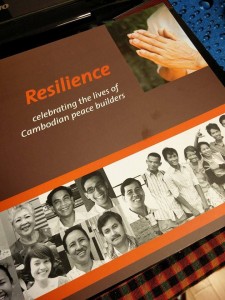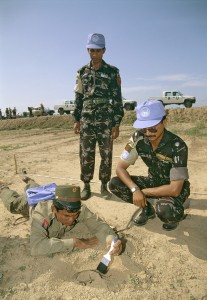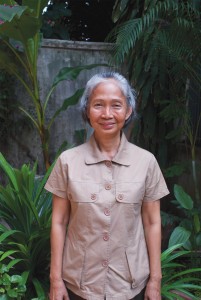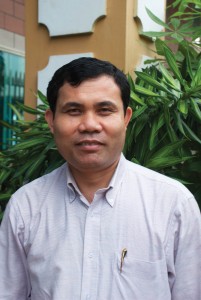Towards national reconciliation: A peace museum for Cambodians
CPCS is developing the Cambodia Peace Museum as an educational and experiential space geared towards supporting a wider national healing process – one which highlights the resilience of Cambodia’s people in transforming conflict and overcoming adversity, as well as the nation’s potential as a peacebuilding learning centre for the world.
The Cambodia Peace Museum will use engaging, interactive exhibits to tell the complex history of Cambodia, focusing on the efforts to reach the Paris Peace Accords in 1991, the period of reconciliation that followed, and the achievements of Cambodian peacebuilders who have helped to positively transform Cambodian society.
The museum will be designed firstly for young Cambodians, namely university students, to learn about these remarkable and innovative approaches to peacebuilding, contributing to positive national pride. The museum will also serve as a learning space for peacebuilders around the world to learn from the rich and dynamic story of Cambodia, and to be able to apply the lessons of Cambodia to their own peace work.
Our dream is that the museum is a transformative experience, explaining Cambodia’s dynamic story and showcasing the resiliency of Cambodians in such a way that all visitors are inspired to become actors for peace.
 Cambodian peacebuilders
Cambodian peacebuilders
The Cambodia Peace Museum will highlight the personal transformation of Cambodian peacebuilders and how their experiences with conflict became their motivation to work for peace, as part of the wider story of peace and reconciliation work in the country. The CPCS publication Resilience, are just some of the stories the museum will tell.
Past lessons
After decades of conflict, Cambodia is experiencing a period of stability and peace. However, Cambodians still face challenges linked to their turbulent past, including the trauma associated with the memory and legacies of war, educating younger generations of Cambodians about the deeper roots of
conflict and rebuilding the social
fabric of the country to prevent future
violence.
Although formal justice processes
have contributed to some measure of reconciliation, a shared
understanding of how and why the various conflicts from the 1960s through the 1990s came about is yet to materialise.

UN Photo
In part this is because young Cambodians have little opportunity to learn about the past through their own families or within the formal schooling and education system. As the dominant narrative of the Khmer Rouge years places heavy emphasis on Khmers killing Khmers, Cambodians feel often ashamed of the atrocities committed and older Cambodians often hesitate to share their stories with the younger generation.
Young Cambodians (nearly 70 per cent of the country’s population is under 30) not only have difficulty understanding what has happened in the past, but also encounter challenges gaining a comprehensive picture of the actual events.
It is undeniable that Cambodia has come a long way since the 1960s and the end of conflict, but the success of peacebuilders in the transforming the country remains overshadowed by the residual silence surrounding Cambodia’s past and the emphasis and attention given to the brutality of the crimes committed during the 1970s.
Future-oriented inclusivity
Although Cambodia has a number of museums dedicated to the nation’s experience with conflict, the focus of these institutions is often to document the atrocities, focusing on the violence of the past and demonising the Khmer Rouge rather than explaining and contextualising how these events occurred or providing a picture of the past that serves to strengthen peace in Cambodia. There is a distinct lack of an inclusive and future-oriented vision that could play a significant role in working towards reconciliation.
Despite Cambodia’s long history of conflict and subsequent challenges in achieving reconciliation, Cambodians as a people have demonstrated great resilience in dealing with and overcoming the adversity that is so intrinsically linked to a post-conflict context. This inherent resilience is something that is missing from existing museums dedicated to the recent national history.


